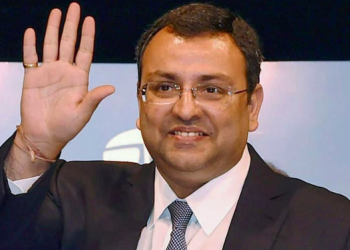
NEW DELHI : In bid to bring down fixed-line broadband tariffs, the Telecom Regulatory Authority of India (TRAI) has reduced the ceiling rates of domestic bandwidth by up to 60 per cent.
A leased line with 2 Mbps drawn over 500 km will now cost a maximum of ₹3.4 lakh a year compared with the prevailing rate of ₹8.5 lakh earlier. A leased line of similar capacity over a 5 km route will cost ₹12,086 a year against existing rate of ₹17,016. Prices have been revised for bandwidth up to 622 Mbps.
Leased lines are dedicated lines used by corporates such as business process outsourcing firms, software companies, portal owners and banks, which connect their various branch offices and ATM machines.
They are also used by Internet Service Providers to offer broadband services. Telecom operators such as Airtel, Reliance Communications and BSNL are the major suppliers of leased-line connectivity.
This move will be benefiting the users located in remote areas, where competition levels are not intense. In cities such as Delhi and Mumbai, leased lines come with massive discounts, especially for large-volume customers.
On the routes connecting small cities, remote and hilly areas, where competition is much less, the prevailing tariffs for leased circuits continue to remain near the ceiling tariffs prescribed earlier by TRAI.
The new ceiling will therefore force telecom companies to bring down prices in these areas. There is unlikely to be any revenue impact on private telecom companies as they do not cater to this market in a big way. BSNL, with its 600,000 km optical fibre network, may take a hit.
“This is a good move and will have some impact on Internet services in remote areas. If the regulator wants to bring down bandwidth costs across India, then things such as lower licence fees on ISPs will also help,” said a industry veteran who is also the President of Internet Service Providers of India.
Multinational telecom players, which offer connectivity to their customers in India, said that efforts must be made to reduce international-connectivity costs as well including the price for using cable landing stations.

















